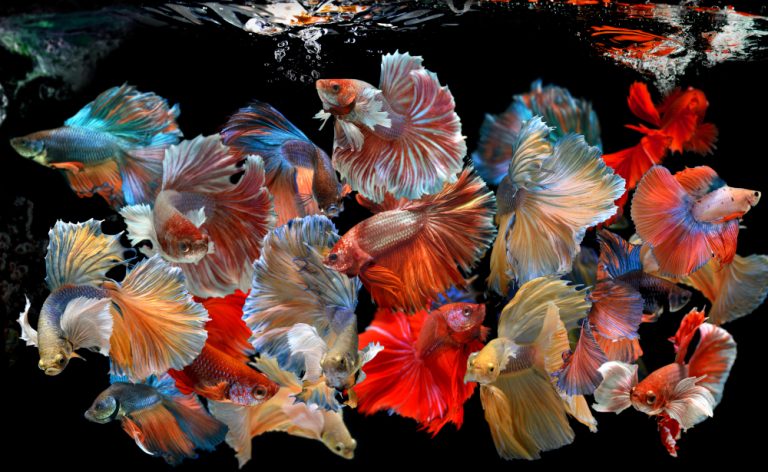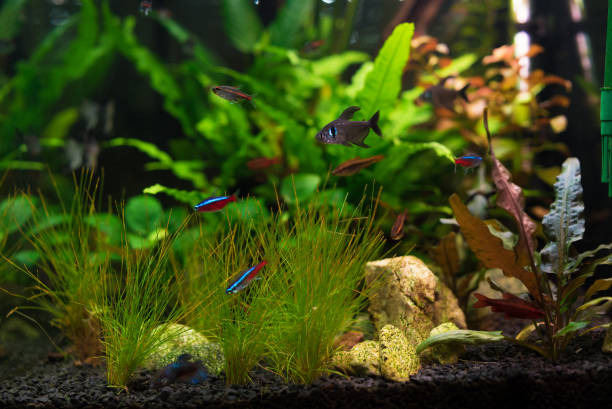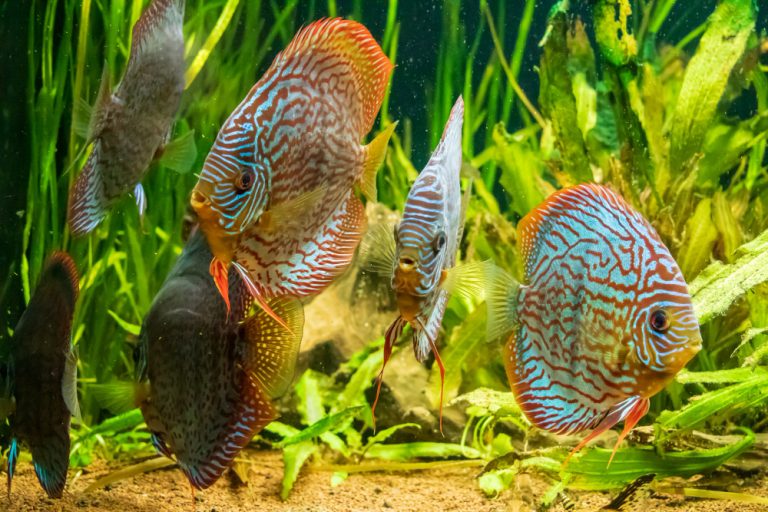If you’ve noticed your betta fish spending more time near the surface of the tank, it’s essential to understand why this behavior occurs and what you can do about it. In this comprehensive guide, we will explore the various reasons why betta fish might stay at the top of the tank and provide expert advice on how to address this issue effectively. Your betta’s health and happiness are our top priorities, so let’s dive into the world of betta behavior and care.
Why Is My Betta Fish Staying at the Top of the Tank?
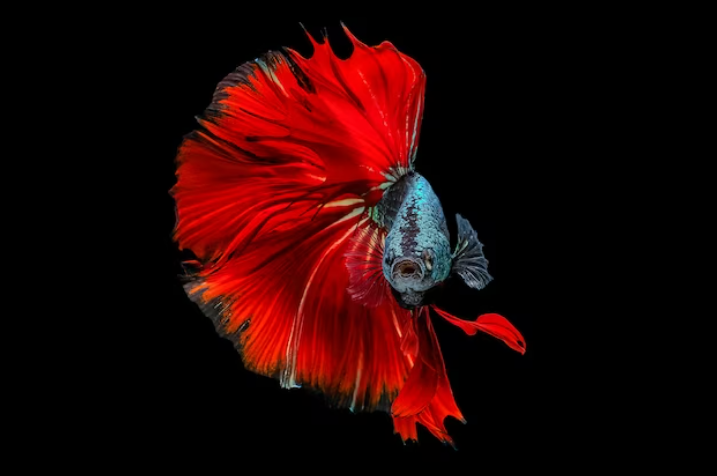
Understanding Betta Fish Behavior
Before we delve into the specific reasons behind this behavior, let’s first gain some insight into betta fish behavior in general. Bettas, also known as Siamese fighting fish, are renowned for their vibrant colors and unique personalities. They are labyrinth fish, which means they possess a specialized organ called the labyrinth organ that allows them to breathe air from the surface. This adaptation enables them to survive in oxygen-deprived waters, such as stagnant ponds and rice paddies.
Bettas are naturally curious and active fish. They love to explore their environment, interact with objects, and, of course, show off their beautiful fins. However, when you notice your betta consistently staying at the top of the tank, it could be an indication of an underlying issue.
Potential Reasons for Bettas Staying at the Top
Water Temperature
Bettas are sensitive to temperature fluctuations. If the water in your tank is too cold or too hot, your betta may seek the warmer surface or cooler air to regulate its body temperature. Maintain a stable water temperature between 78-80°F (25-27°C) to keep your betta comfortable.
Poor Water Quality
Inadequate water quality can stress out your betta and cause them to stay near the surface, where they can access oxygen more easily. Regularly clean the tank, perform water changes, and use a reliable water conditioner to ensure a healthy aquatic environment.
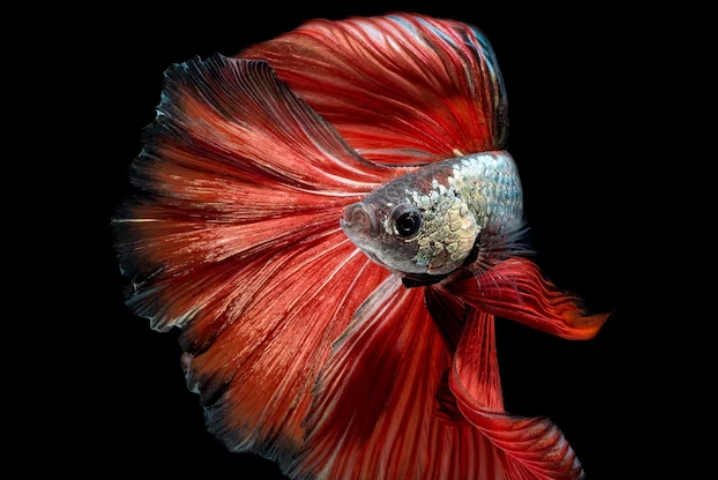
Oxygen Deprivation
While bettas can breathe from the surface, prolonged surface dwelling may suggest a lack of oxygen in the lower levels of the tank. Use a gentle filter to promote water circulation and aeration. Live aquatic plants can also help oxygenate the water.
Tank Size
Bettas require appropriate tank sizes to thrive. In smaller tanks, bettas may feel cramped and stay near the surface to access air more easily. Aim for a tank with a minimum size of 5 gallons to provide ample space for your betta to swim comfortably.
Stress and Aggression
Bettas are known for their territorial nature and may become stressed or aggressive when sharing a tank with other fish, especially other male bettas. If you suspect this is the cause, consider providing a separate tank or adjusting the tank’s layout to create hiding spots.
Disease or Illness
Illnesses or infections can affect a betta’s behavior. If you notice other unusual symptoms, such as changes in appetite or fin damage, consult a veterinarian or a knowledgeable aquarist for a proper diagnosis and treatment.
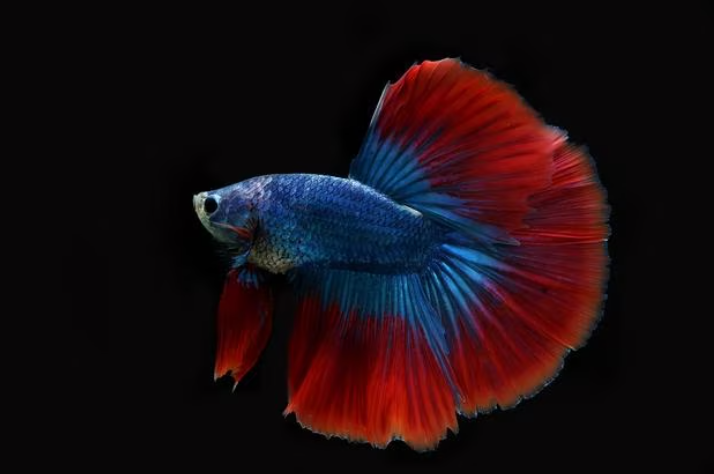
FAQs about Betta Fish
Q: Can bettas drown if they stay at the top too long?
A: No, bettas won’t drown at the surface since they can breathe air. However, it’s a sign of potential issues in their environment.
Q: Is it normal for bettas to stay at the top occasionally?
A: Yes, bettas may surface occasionally to breathe, but constant surface dwelling is cause for concern.
Q: Can I use an air stone to improve oxygen levels?
A: Yes, an air stone or a sponge filter can help increase oxygen levels in the tank.
Q: How often should I clean my betta’s tank?
A: Regular water changes, typically every one to two weeks, are essential for maintaining water quality.
Q: What is the ideal diet for bettas?
A: Betta fish thrive on a diet of high-quality betta pellets or flakes, supplemented with occasional treats like freeze-dried bloodworms or brine shrimp.
Q: Should I add a heater to my betta’s tank?
A: In most cases, a heater is recommended to maintain a stable water temperature within the ideal range for bettas.
Conclusion
Understanding why your betta fish is staying at the top of the tank is crucial for ensuring their well-being. By addressing potential issues related to water temperature, water quality, oxygen levels, tank size, stress, and health, you can create a comfortable and thriving environment for your beloved betta. Remember that regular observation and care are key to maintaining a happy and healthy betta fish.

